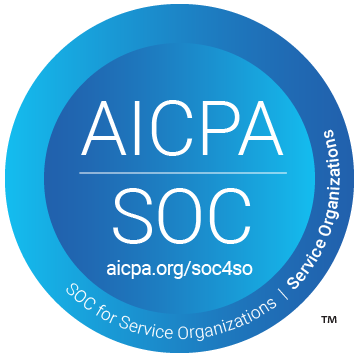- Apple, Inc. commits to reduce absolute combined scope 1, 2 and 3 GHG emissions 62% by FY2030 from a FY2019 base year.Science Based Target
- apple.com
Net Zero by 2030
Apple commits to Net Zero emissions by 2030. They announced this commitment on . - Apple also commits to continue annually sourcing 100% renewable electricity through FY2030.Science Based Target
Similar Orgs
The Emissions Chart displays the selected company’s reported and forecasted greenhouse gas emissions, all measured in ‘metric tons of carbon dioxide equivalents’ (CO2e).
- Reported Emissions are at the top left, in blue. Reported Emissions cover a company’s entire carbon footprint — both direct and supply chain emissions.
- Purchased Offsets are at the bottom left, in red. Purchased Offsets cover all verified carbon removal credits — reforestation, direct air capture, etc.
- Forecasted Emissions are at the top right, in green. Bend estimates these emissions according to a company’s self-determined sustainability commitments, listed below the chart (and assuming steady progress towards those targets).
- Forecasted Offsets are at the bottom right, in yellow. Bend estimates the amount of offsets a company will need to achieve their targets, defaulting to a 50/50 split between emissions reductions and purchased offsets (the less that companies rely on offsets, the better).
The Intensity Chart (right tab) measures a company’s annual net emissions against their annual revenue (a useful measure to understand the CO2e impact of every dollar spent with a given company).
Intensity projections are currently calculated by assuming revenue growth equal to that since the climate commitment was made. If revenue declined since the commitment was announced, or if only one year of revenue data is available, revenue is assumed to be static.
It’s wise to take this data with a grain of salt. Companies have an incentive to undercount their emissions, and overcount offsets.
Offsets in particular warrant scrutiny. In the past, the claimed climate benefits of offsets have often been overstated. Offsets are necessary — there don’t yet exist ways to fully decarbonize every business activity — but we need to ratchet up the rigor and verifiability of offsets.
The data reported here is intended to reflect a company’s total carbon footprint, as defined by the Greenhouse Gas Protocol — the global standard for carbon accounting. The Greenhouse Gas Protocol covers three categories of emissions:
- Scope 1: direct emissions from something you own (e.g. burning natural gas to heat a building; driving a company-owned vehicle that burns gasoline).
- Scope 2: the carbon footprint of your purchased electricity (e.g. the coal or natural gas burned to power your office, warehouse, etc.).
- Scope 3: Everything else, up and down your supply chain. From the manufacturing and transportation of your products, to the goods and services you purchase, to your business travel and commuting, to the downstream usage and disposal of your products.
For most companies, Scope 3 accounts for the majority of emissions. For that reason, Bend only tracks companies who disclose their full emissions (Scope 1, 2, & 3).
Companies that set Net Zero targets (according to the Science Based Targets initiative) commit to first deeply reducing their emissions, and then purchasing enough offsets to cover the remainder. The only valid Net Zero commitments (and the only commitments published here) cover a company’s entire footprint, including all supply chain emissions. Learn more.


